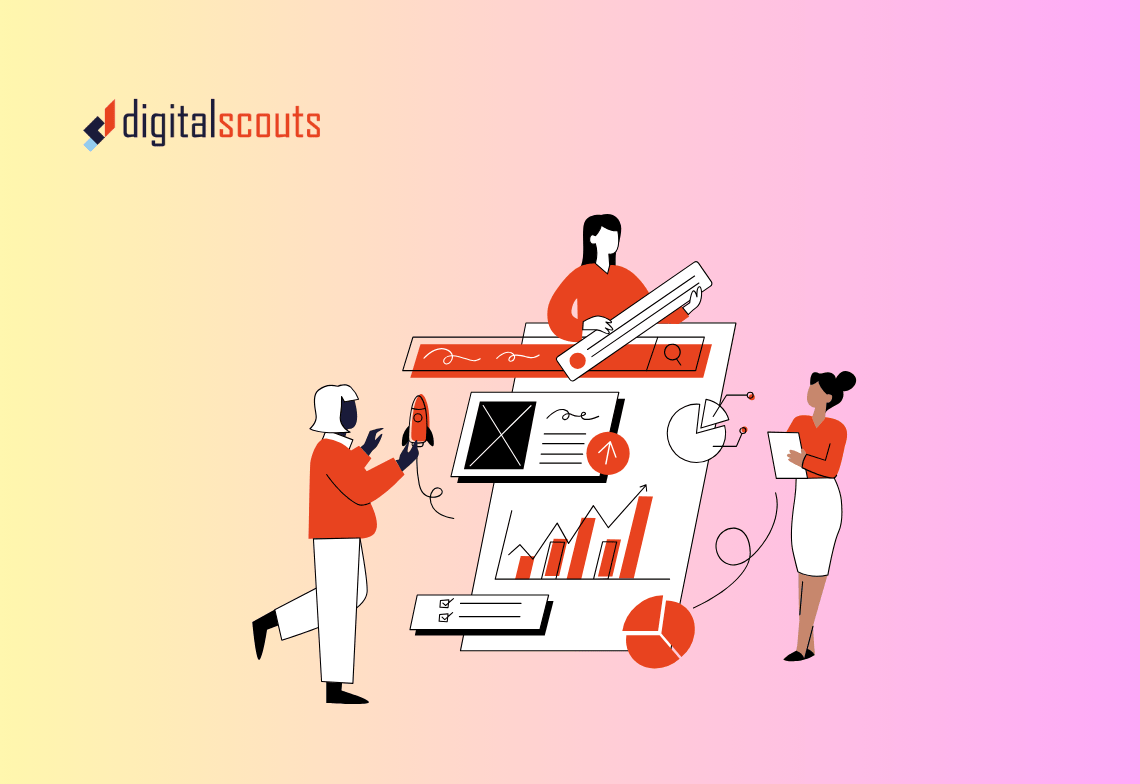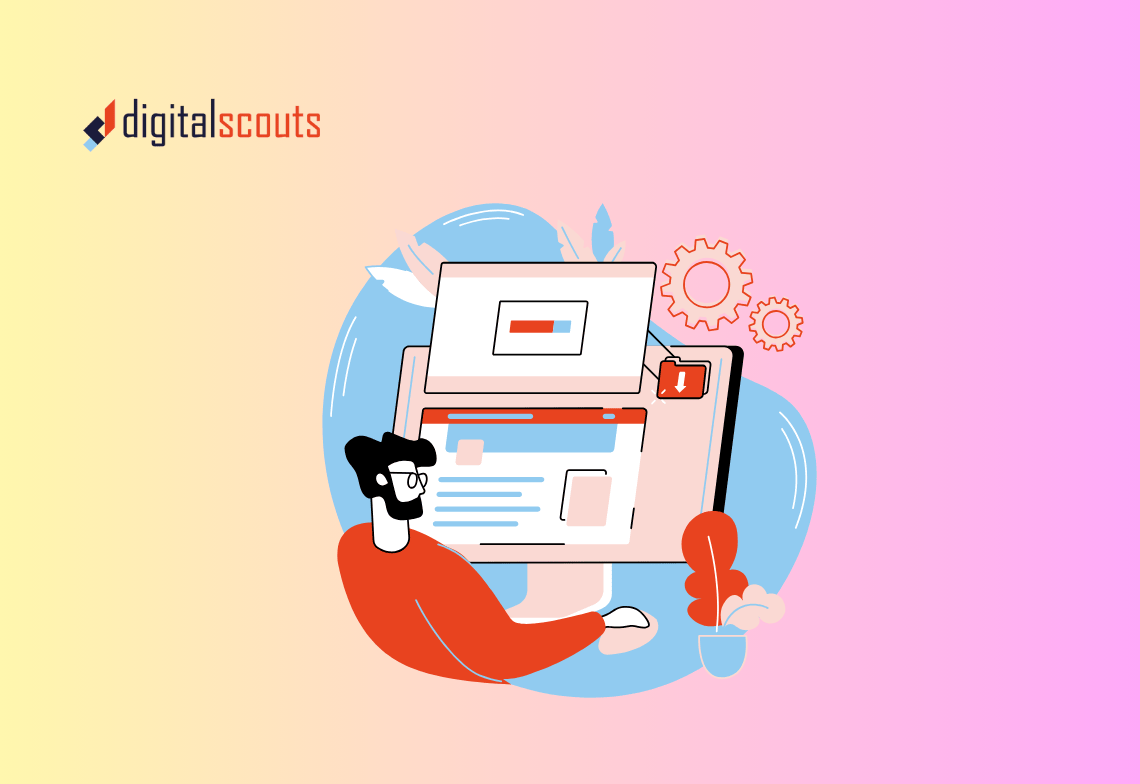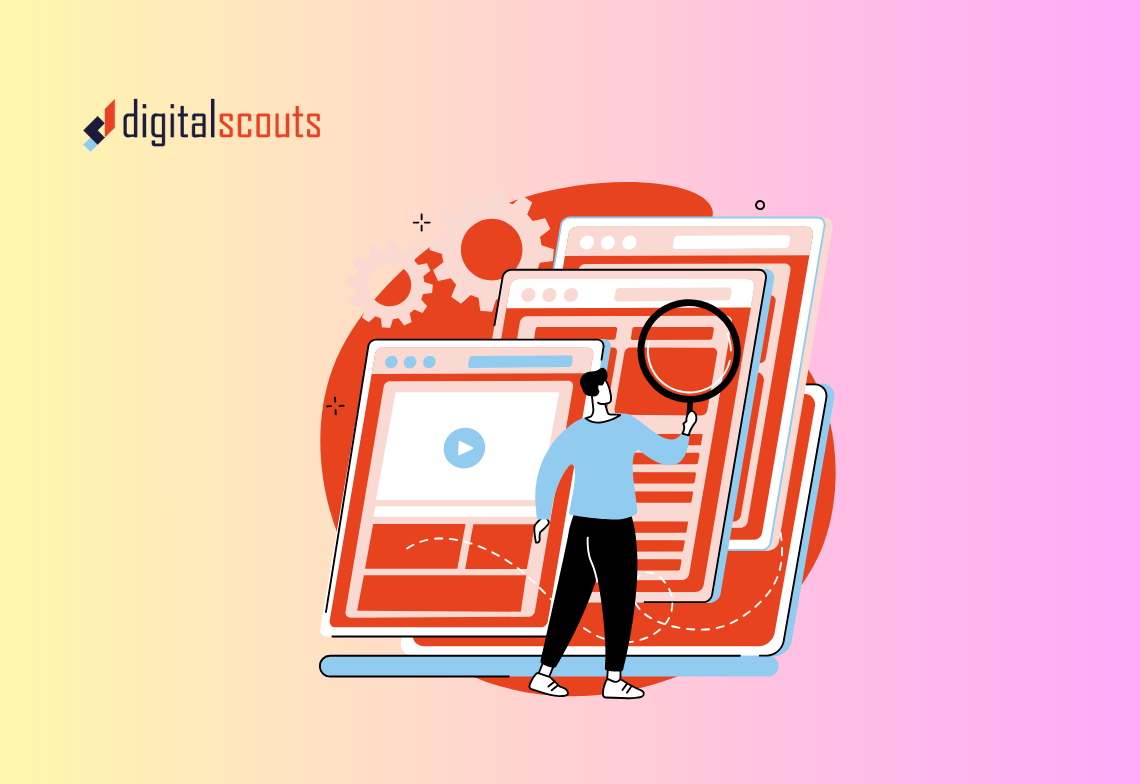Every marketing and sales leader wants the same thing — predictable growth. But many teams struggle to get there because they work from separate funnels. Marketing tracks leads. Sales tracks deals. Customer success tracks renewals. None of them share the same view of what is actually happening.
A unified funnel brings it all together. It connects every customer touchpoint from the first website visit to closed revenue. And in HubSpot, it is possible to build that system with shared lifecycle stages, aligned data, and clear visibility across the entire journey.
This guide explains how to design a unified funnel in HubSpot that turns leads into predictable revenue and helps your teams work as one.
What Is a Unified Sales Funnel?
A unified funnel connects marketing, sales, and customer success under one process, one set of data, and one definition of success.
It replaces fragmented systems with a single view of how prospects move through your pipeline — from awareness to renewal.
Why it matters
Without a unified funnel, teams measure different things. Marketing might celebrate a spike in leads while sales sees no increase in qualified opportunities. Customer success might focus on retention but lacks context on how those customers were acquired.
A unified funnel aligns everyone on shared goals and metrics so you can:
-
Track the full customer lifecycle in one place
-
Improve conversion rates at every stage
-
Make accurate revenue forecasts
-
Identify where growth stalls and fix it fast
HubSpot makes this alignment achievable by combining CRM, marketing automation, and reporting in a single platform.
The Role of HubSpot in Building a Unified Funnel
HubSpot is built around the idea of a connected customer journey. Its lifecycle stages, deal pipelines, and automation tools make it easier to align marketing, sales, and operations around shared data.
Core HubSpot tools for funnel design
-
Lifecycle Stages: Track where each contact or company sits in the journey.
-
Deal Pipelines: Visualise and manage active opportunities.
-
Workflows: Automate lead assignment, follow-ups, and data updates.
-
Reports and Dashboards: Measure conversion rates and revenue performance across the funnel.
When these tools are structured correctly, your funnel becomes a single flow of qualified, trackable data — not three disconnected systems.
Step 1: Define the Stages of Your Unified Funnel
The first step is to define what each stage in your funnel means. In HubSpot, this typically starts with Lifecycle Stages and Deal Stages.
Common HubSpot Lifecycle Stages
-
Subscriber: A contact who has shown interest but is not yet a lead.
-
Lead: Someone who has engaged with your content or website.
-
Marketing Qualified Lead (MQL): A lead that meets your predefined marketing criteria.
-
Sales Qualified Lead (SQL): A prospect vetted and accepted by sales.
-
Opportunity: A contact associated with an active deal.
-
Customer: A closed-won deal.
-
Evangelist: A satisfied customer who promotes your brand.
These stages define the shared language between marketing and sales.
Create clear definitions
Each stage should have a documented definition and entry criteria. For example:
-
A contact becomes an MQL after downloading two key resources or attending a webinar.
-
A lead becomes an SQL once a salesperson confirms interest or budget.
Shared definitions eliminate confusion and keep both teams aligned.
Step 2: Align Lifecycle Stages with Deal Pipelines
Once lifecycle stages are defined, align them with your deal pipeline in HubSpot.
How to do it
-
Go to Settings > Objects > Deals > Pipelines.
-
Review or create a pipeline that mirrors your sales process.
-
Align each deal stage to a lifecycle stage.
For example:
-
SQLs move into the Proposal Sent or Negotiation deal stages.
-
Opportunities correspond to deals in active stages.
-
Closed-Won deals automatically move contacts to Customer.
This alignment connects lead status with revenue progress, creating a seamless path from marketing to sales to customer success.
Step 3: Build Data Alignment Rules
Data is the foundation of a unified funnel. If your data is inconsistent, automation and reporting will not work properly.
Clean and standardise your CRM
-
Remove duplicates using HubSpot’s deduplication tool.
-
Standardise company names, job titles, and industries.
-
Use custom properties for segmentation such as “Account Type” or “Lead Source.”
Automate data handoff
Use workflows to update lifecycle stages automatically. For example:
-
When a lead submits a demo form, change lifecycle stage to MQL.
-
When a deal is created, set stage to SQL or Opportunity.
-
When a deal closes, update to Customer.
These automation rules keep your funnel clean and consistent without manual updates.
Step 4: Align Marketing and Sales Around Shared KPIs
Metrics drive behaviour. If marketing and sales use different KPIs, alignment will always fail.
Shared funnel metrics to track
-
MQL to SQL conversion rate
-
SQL to Opportunity conversion rate
-
Average deal size
-
Sales cycle length
-
Pipeline velocity
-
Customer acquisition cost
-
Retention and renewal rate
Use HubSpot’s reporting tools to build dashboards that show these metrics for both teams. Everyone should be able to see where leads drop off and how improvements impact revenue.
Step 5: Integrate ABM into the Unified Funnel
Account-Based Marketing (ABM) fits naturally within a RevOps-driven unified funnel.
How ABM connects
-
Shared targeting: Marketing and sales work from the same list of high-value accounts.
-
Personalised outreach: Content and messages are tailored by account stage.
-
Unified reporting: Campaign results tie directly to revenue outcomes.
HubSpot’s ABM tools make this easy. You can assign target accounts, set account tiers, and track engagement for both individuals and companies.
When ABM sits within a unified funnel, every effort — from awareness to renewal — supports shared revenue goals.
Step 6: Add Automation for Consistency
Automation ensures your funnel runs smoothly as volume increases.
Useful HubSpot automations
-
Lead routing: Assign new leads to sales reps based on region or company size.
-
Lifecycle progression: Automatically move contacts through stages based on actions.
-
Deal creation: Create deals automatically when qualified leads are identified.
-
Notifications: Alert sales teams when target accounts show engagement.
Automation reduces manual work and keeps data updated in real time, allowing your teams to focus on strategy and relationships.
Step 7: Connect Marketing, Sales, and Customer Success Data
A unified funnel does not stop at the sale.
Customer success data completes the revenue picture. Connect post-sale activities to the same CRM to track renewals, upsells, and customer satisfaction.
Tools to connect in HubSpot
-
Service Hub: Tracks tickets and customer interactions.
-
Feedback Surveys: Collects customer satisfaction and NPS data.
-
Custom properties: Tracks renewal dates, expansion opportunities, and health scores.
When success data feeds back into your funnel, your team can identify expansion potential and forecast future revenue more accurately.
Step 8: Build Reporting Dashboards
Reporting turns your unified funnel into actionable insight.
Key dashboards to create in HubSpot
-
Funnel Conversion Dashboard: Tracks the percentage of contacts moving from one stage to the next.
-
Pipeline Forecast Dashboard: Shows total deal value by stage and close probability.
-
Account Engagement Dashboard: Measures ABM performance and activity trends.
-
Customer Lifecycle Dashboard: Tracks post-sale engagement and renewals.
Each dashboard should help leaders make faster decisions with clear visibility into where revenue is being created or lost.
Step 9: Maintain Funnel Health
Once your unified funnel is live, maintaining it becomes part of your RevOps routine.
Funnel health checklist
-
Review lead scoring and qualification criteria quarterly.
-
Audit lifecycle automation for accuracy.
-
Verify that marketing and sales dashboards still align with KPIs.
-
Update team training as new features or reports are added.
A funnel that evolves with your business stays efficient and accurate.
Common Funnel Design Mistakes
-
Using too many lifecycle stages. Keep it simple and meaningful.
-
Not defining ownership. Clarify who owns each stage to prevent confusion.
-
Ignoring customer success. Post-sale data is crucial for revenue forecasting.
-
Overcomplicating automation. Start simple and expand as processes stabilise.
-
Neglecting data hygiene. Inconsistent data breaks reports and automations.
Avoid these mistakes and your funnel will stay reliable as your business scales.
Bringing It All Together
A unified funnel gives your business a single view of the customer journey. It connects marketing, sales, and customer success through one shared process, one set of data, and one goal — predictable revenue.
HubSpot provides everything you need to make that possible. Its CRM, automation, and reporting tools bring structure and transparency to your go-to-market operations.
Digitalscouts helps B2B teams design unified funnels that align strategy, technology, and data. Our approach ensures that your HubSpot setup supports your full revenue process — from lead capture to customer retention.
If you are ready to connect your teams and build a predictable, data-driven funnel in HubSpot, Digitalscouts can help you plan, implement, and optimise every step.
Frequently Asked Questions
About Author
Ashish is a B2B growth strategist who helps scaleups align marketing and sales through Account-Based Marketing (ABM), RevOps, and automation. At DigitalScouts, he builds scalable content engines, streamlines lead flows with HubSpot, and runs targeted GTM programs to drive predictable pipeline. He regularly shares insights on using AI and automation to power ABM and accelerate complex buyer journeys.








